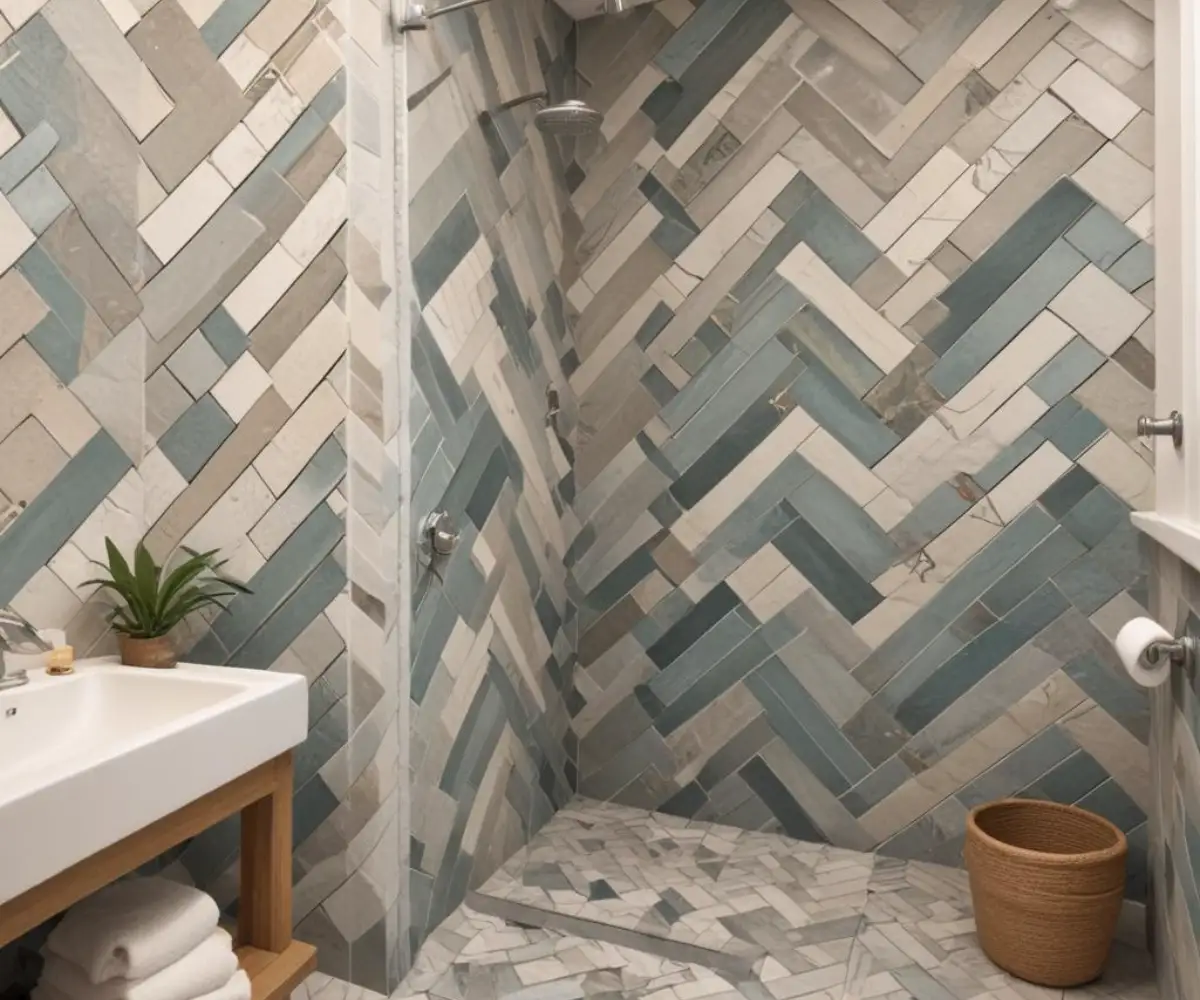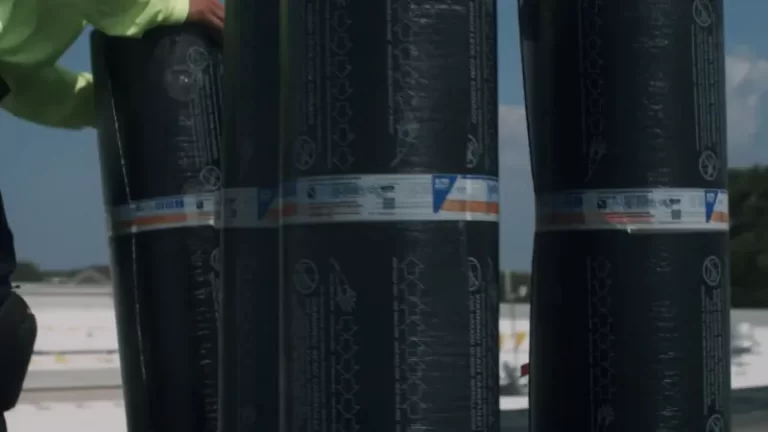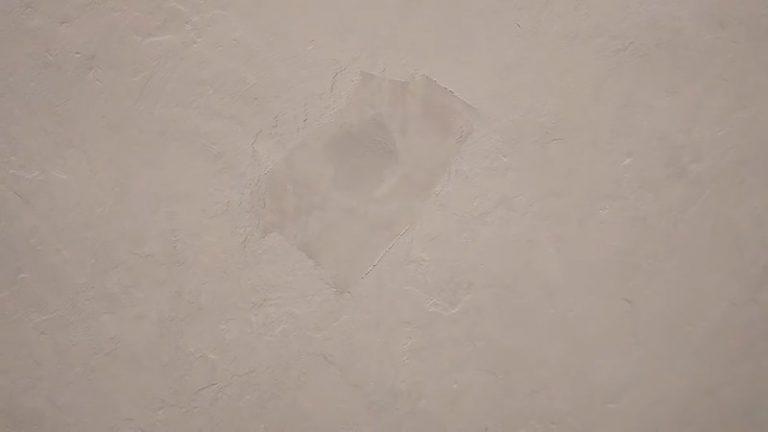Palisade vs Dumawall: The Ultimate Grout-Free Shower Wall Showdown
You’re staring at a tired, old shower, imagining a sleek, modern upgrade. The biggest hurdle? The thought of mixing thin-set mortar, painstakingly setting tiles, and dealing with the inevitable mess of grout is enough to kill anyone’s renovation buzz. This is the exact problem that sends thousands of homeowners searching for a better way.
That search often leads them to two top contenders in the world of waterproof, grout-free wall panels: Palisade and Dumawall. Both promise a beautiful, tile-like finish without the traditional hassle, but they aren’t created equal. Choosing the wrong one for your project can lead to installation frustration, budget overruns, or a look that doesn’t quite match your vision.
This guide will break down the critical differences between Palisade and Dumawall, helping you confidently select the champion for your bathroom, backsplash, or accent wall project. We’ll compare everything from their core materials and durability to ease of installation and final cost, giving you the clarity you need to move forward.
You'll Learn About
What Exactly Are Waterproof Wall Panels?
Before diving into the brand-specifics, let’s clarify what we’re talking about. Waterproof wall panels are engineered sheets designed to lock together with a tongue-and-groove system. This creates a seamless, watertight surface perfect for wet areas like showers and tub surrounds.
Their primary advantage is the elimination of grout. Grout, being porous, is a notorious weak point in traditional tile work, often leading to mold, mildew, and stubborn stains. Grout-free panels solve this problem, offering a low-maintenance and highly hygienic alternative that’s incredibly DIY-friendly.
Introducing the Contenders: Palisade vs Dumawall
On the surface, Palisade and Dumawall seem very similar. They are both interlocking, waterproof panel systems that mimic the look of real tile. However, the key differences lie in their construction and design philosophy.
Meet Palisade: The Rigid Core Specialist
Palisade tiles are constructed from an engineered rigid core vinyl. This high-density PVC core makes the panels feel substantial and robust, much like a luxury vinyl plank floor. This construction contributes to their durability and resistance to dents and scratches.
Often praised for their realistic finishes, Palisade panels come in a wide variety of stone and wood-look designs. They are a popular choice for homeowners who want the upscale appearance of natural materials without the associated maintenance or cost.
Meet Dumawall: The Lightweight Champion
Dumawall panels are produced using a patented technology called RCB (Rigid Core Board). While also a rigid product, they are known for being exceptionally lightweight and easy to handle. This makes them a favorite among DIYers who might be working alone or tackling a project for the first time.
Dumawall focuses on providing a clean, elegant finish with a simple installation process. Their lightweight nature often means they can be cut with just a utility knife, a significant advantage over materials that require power saws.
The Ultimate Showdown: Palisade vs Dumawall Feature by Feature
To truly understand which product is right for you, we need a side-by-side comparison. Let’s break down the most critical factors, from the material composition to the final look and feel.
| Feature | Palisade | Dumawall |
|---|---|---|
| Core Material | Engineered Rigid Core Vinyl (High-Density PVC) | RCB (Rigid Core Board) Technology |
| Primary Advantage | Substantial, premium feel; dent and scratch resistant. | Extremely lightweight; easy to handle and cut. |
| Typical Installation | Glue-up with construction adhesive. | Glue-up, can also be nailed or stapled to a frame. |
| Cutting Method | Utility knife (score and snap) or saw (circular/jigsaw). | Utility knife (score and snap) is often sufficient. |
| Waterproofing | 100% waterproof panels; sealant required in seams for wet areas. | 100% waterproof panels; sealant required in seams for wet areas. |
| Aesthetic | Focus on realistic stone, marble, and wood-grain finishes. | Wide range of modern tile and stone effects. |
| DIY-Friendliness | Very high; heavier panels may require two people. | Excellent; lightweight design is ideal for solo installers. |
Core Material & Durability: Vinyl vs. PVC RCB
The core material is the heart of the panel and dictates its strength and feel. Palisade’s high-density rigid vinyl core gives it a solid, almost stone-like quality. This makes it exceptionally resistant to everyday bumps and dings, a great feature for high-traffic areas.
Dumawall’s RCB technology produces a strong but noticeably lighter panel. While still durable and fully waterproof, its primary strength is in its ease of handling. Both are designed to last for years and are resistant to mold and mildew.
Aesthetics and Design Options: Who Wins on Style?
Your design preference will play a huge role in your decision. Palisade offers a stunning range of finishes that expertly mimic natural materials like Carrara marble, slate, and various wood grains. The larger format of some Palisade tiles can create a very high-end, seamless look with fewer visible joint lines.
Dumawall also provides a beautiful selection of styles, from classic subway tiles to modern concrete and stone effects. Their designs often feature printed “grout lines” that are incredibly realistic, giving the illusion of a traditionally tiled wall. Ultimately, the “better” look is entirely subjective and depends on the specific aesthetic you want to achieve.

Installation: The DIY Dream or Nightmare?
Both products are designed with the DIYer in mind and are far simpler to install than ceramic tile. The process for both generally involves measuring, cutting the panels to size, applying a recommended construction adhesive, and interlocking them on the wall. The key difference comes down to cutting and handling.
Because Dumawall is lighter, many find it easier to manage, especially when working with large panels. Some users report that Dumawall can be cleanly cut with just a few passes of a utility knife, while the denser Palisade panels often benefit from being cut with a fine-toothed saw for the cleanest edge. Whichever you choose, a clean work area is paramount for a professional finish; it’s a principle that applies to all home projects, even tidying up outdoors after a messy job like figuring out how to get rid of sand in your yard.
Waterproofing and Sealing: A Critical Step
This is where you cannot cut corners. While the panels themselves are 100% waterproof, the system’s integrity relies on sealing the seams correctly. For any wet application like a shower, both manufacturers require a thin bead of silicone sealant to be applied in the tongue-and-groove joints during installation.
Additionally, all perimeters—where the panels meet the shower pan, tub, ceiling, or corners—must be sealed with a high-quality, 100% silicone caulk. For achieving a perfect, durable seal in larger gaps around the base of the shower, using a backer rod for caulking the shower before applying sealant is a professional-grade technique that ensures a watertight finish.
Cost Comparison: Budget vs. Investment
Generally, both Palisade and Dumawall are more budget-friendly than a professionally installed ceramic tile shower when you factor in labor costs. The panel prices themselves are competitive, but can vary based on the specific finish you choose. Palisade sometimes comes in complete shower kits that include panels, trims, adhesive, and sealant, which can offer good value.
When comparing costs, be sure to factor in the price of adhesive, sealant, and any necessary trim pieces. While one panel might seem cheaper per square foot, the total project cost could be higher if accessories are sold separately at a premium.
Head-to-Head: Common Scenarios and Recommendations
Let’s apply what we’ve learned to a few common renovation projects to see which product might have the edge.
Best for a First-Time DIY Shower Remodel
Winner: Dumawall. Its lightweight nature and ease of cutting with basic tools give it a slight edge for beginners. Fewer intimidating cuts with power saws can make the project feel more approachable for someone new to home renovation.
Best for a High-End Look on a Budget
Winner: Palisade. The high-quality, realistic finishes of Palisade, particularly the marble and stone effects, can create a truly luxurious look that rivals materials costing many times more. Their larger panel sizes contribute to a more seamless and sophisticated appearance.
Best for a Kitchen Backsplash
Winner: It’s a tie. Both products are excellent for backsplashes as they are easy to clean and install. The decision here would come down purely to which brand offers the specific color and pattern that best complements your countertops and cabinets. However, be mindful of heat; both have temperature limits and should not be installed directly behind a cooktop without adequate clearance (usually 6 inches).
Installation Tips and Common Pitfalls to Avoid
Whichever system you choose, success lies in the preparation and details. A common mistake is not ensuring the substrate wall is clean, dry, and flat before starting. Another is using the wrong type of adhesive; always use the manufacturer’s recommended product for a secure, lasting bond.
Just as you need a specific method for tasks like figuring out how to attach house numbers to vinyl siding without causing damage, following the panel installation instructions precisely is non-negotiable. Always perform a “dry fit” of your panels before applying any adhesive to ensure your layout is correct and your cuts are accurate.
The Final Verdict: Which Wall Panel Should You Choose?
After a thorough comparison, it’s clear that both Palisade and Dumawall are excellent alternatives to traditional tile. There is no single “better” product, only the one that is better for your specific needs.
Choose Palisade if: You prioritize a premium, robust feel and want the most realistic stone or wood-look finish available. You are comfortable using a saw for some cuts and value high dent resistance.
Choose Dumawall if: You are a DIY beginner, working alone, or want the absolute easiest installation possible. Its lightweight design and ability to be cut with a utility knife make it incredibly user-friendly and efficient.
Ultimately, the choice between Palisade and Dumawall is a win-win. You are choosing a modern, stylish, and low-maintenance solution that will save you from the headache of grout for good. Evaluate your budget, your DIY comfort level, and your design goals, and you will make a choice that transforms your space for years to come.


